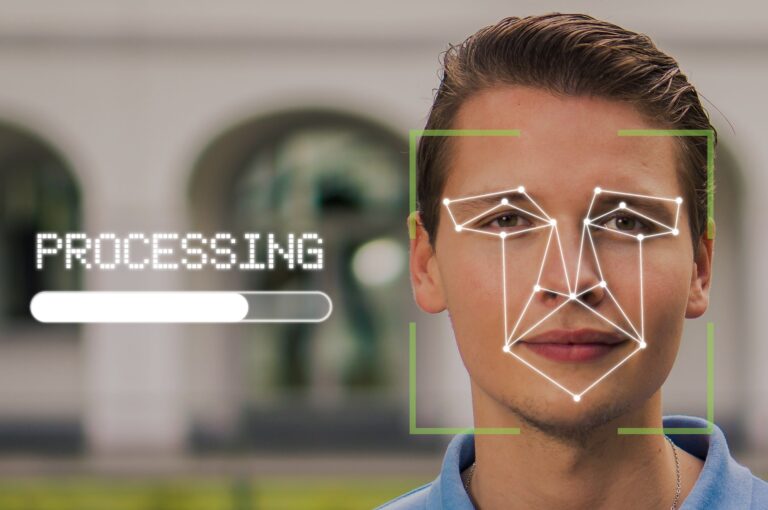Web designers must prioritize business objectives before focusing on designs, pixels and highly converting website work. Determining clear strategic business goals makes it easier to create a user interface and even UX design that drives traffic. But when researching their clients’ needs, designers need to explain every little misleading detail to ensure that the work is accepted in the ideal direction.
Create a Responsive Web Design
Businesses want to capture every potential customer that lands on their site. For this reason, designers must ensure that the site displays well on different screen sizes of other devices. Also, Google supports a design that meets users’ needs. The design of the website can determine whether a landing page is converted or not. Web designers create the user interface design (UI/UX) based on information such as the buyer persona profile, the data entered, the strategic marketing objectives, and the value proposition.
Know Users’ Expectations
Designers should not make drastic adjustments but stick to the typical navigation components in UI layout and UI because people are used to them, such as the navigation bar space and shopping cart. The design of a landing page should be uncluttered and straightforward to convert users into potential customers. Site owners need to make sure that a CTA button is attractive to attract consumers to click on it. It must also be evident and visible. The color of the CTA button and where it is placed also plays an important role. The color should be highlighted and placed in the ideal position, considering the consumer’s visual behavior.
Balance the Goals of both Business and User
When people first land on a website, they immediately want to know about the business, so they visit the website and the “About Us” section. Sometimes a massive pop-out with offers suddenly appears in front of them when they try to close it, and other pop-ups ask them to subscribe to the website’s newsletter for free. This kind of approach leads to a bad user experience. In this case, the company’s goal is to get guidance, while the user’s purpose is to learn more about the company immediately. Therefore, designers need to think about the users’ goals and the company, balancing CRO and UX’s optimistic methods.
Drive Relevant Traffic

Many today want to attract more visitors for more information, while some want to increase conversion rates and current traffic. The best choice between the two depends on where they can apply the investment. To begin with, they should assess the level of visitors their site receives. If they are targeted visitors but have an undesirable conversion rate, they should optimize the conversion. On the other hand, if they have a high conversion rate and no changes can be made to improve it, they can look to their pay-per-click campaigns for additional traffic.
The chance of converting visitors into customers is higher when people want to learn more about a company’s products/services. It would not be wise to invest more in insignificant visitors, as this will only increase the bounce rate. This is why it is essential to check the traffic quality and relevance from time to time.
Read Reviews and Testimonials
 To increase credibility and gain customers’ trust, it is necessary to have testimonials and reviews on a site. Testimonials and reviews act as proof. This principle states that individuals make their decisions based on the advice and experience of different people. For example, people are more likely to go to a newly opened restaurant in their area if they receive a good response from relatives or friends who have eaten there. On the other hand, if they receive negative opinions about the service or the food, they may not pass by the area. Therefore, a website must add real product/service testimonials. Above all, businesses must have good reviews that allow users to form an opinion quickly. This allows the interaction between entrepreneurs and users.
To increase credibility and gain customers’ trust, it is necessary to have testimonials and reviews on a site. Testimonials and reviews act as proof. This principle states that individuals make their decisions based on the advice and experience of different people. For example, people are more likely to go to a newly opened restaurant in their area if they receive a good response from relatives or friends who have eaten there. On the other hand, if they receive negative opinions about the service or the food, they may not pass by the area. Therefore, a website must add real product/service testimonials. Above all, businesses must have good reviews that allow users to form an opinion quickly. This allows the interaction between entrepreneurs and users.







